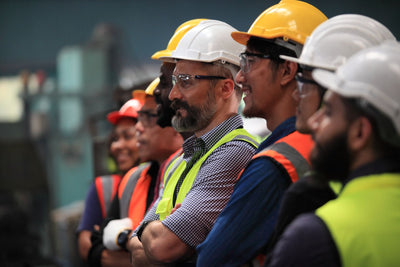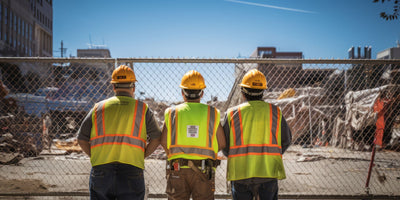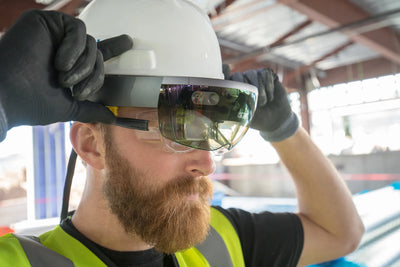Construction sites are evolving rapidly, driven by advancements in technology and a growing emphasis on safety. In this blog, we'll explore the cutting-edge innovations revolutionizing construction safety signage and technology, paving the way for a safer and more efficient industry.
The Rise of Smart Safety Signage
-
Connected Signage Systems: Smart safety signage systems leverage IoT (Internet of Things) technology to create interconnected networks of signs and sensors. These systems can detect hazards in real-time, monitor environmental conditions, and provide instant alerts to workers and supervisors, enhancing safety awareness and response capabilities.
-
Dynamic Signage Displays: Traditional static signage is being replaced by dynamic digital displays capable of conveying dynamic messages and real-time data. These displays can adapt to changing conditions on construction sites, displaying relevant safety information, emergency alerts, and instructional videos to workers and visitors.
-
Augmented Reality (AR) Signage: AR technology is revolutionizing safety training and hazard recognition through immersive experiences. AR-enabled safety signage overlays digital information onto the physical environment, providing interactive training simulations and visualizing potential hazards in real-time, improving hazard awareness and response.
Cutting-Edge Technologies Enhancing Safety
-
Wearable Technology: Wearable devices such as smart helmets, vests, and glasses are equipped with sensors and communication capabilities to monitor vital signs, detect falls, and provide real-time safety alerts. These devices enhance situational awareness and enable proactive intervention to prevent accidents and injuries.
-
Drones for Site Monitoring: Drones equipped with cameras and sensors are revolutionizing site monitoring and inspection processes. They can capture aerial footage of construction sites, identify safety hazards, and conduct remote inspections of hard-to-reach areas, improving safety oversight and reducing the risk of accidents.
-
LiDAR Technology: Light Detection and Ranging (LiDAR) technology enables precise 3D mapping and scanning of construction sites, allowing for accurate identification and visualization of hazards. LiDAR-equipped drones and scanning devices provide detailed insights into site conditions, facilitating proactive safety planning and risk mitigation.
Integrating Innovations for Maximum Impact
-
Data Analytics and Predictive Analytics: By harnessing data from connected signage systems, wearable devices, and drones, construction companies can leverage advanced analytics to identify trends, predict potential safety hazards, and proactively implement preventive measures. Data-driven insights empower decision-makers to prioritize safety initiatives and allocate resources effectively.
-
Collaborative Platforms and Communication Tools: Integrated platforms and communication tools facilitate real-time collaboration and information sharing among stakeholders, including workers, supervisors, contractors, and safety professionals. These platforms enable seamless coordination of safety efforts, rapid response to emergencies, and continuous improvement of safety practices.
Conclusion
Innovations in construction safety signage and technology are revolutionizing the way safety is managed and maintained on construction sites. By leveraging smart signage systems, wearable technology, drones, LiDAR, and advanced analytics, construction companies can enhance safety awareness, improve hazard recognition, and proactively prevent accidents and injuries. By embracing these cutting-edge innovations, the construction industry is building a safer future where every worker returns home safely at the end of the day.






